The culture should be accessible to everyone, without exception. This is the motto of the Théâtre de Nîmes, a contemporary dance and art creation stage, which has been working for nearly 20 years to promote accessibility for people with sensory, mental, or psychological disabilities to the shows it programs. Among the specific initiatives implemented, the use of vibrating vests to allow hearing-impaired individuals to feel the music is a real success. Discover how through the interview with Adèle Brouard, How Théâtre de Nîmes uses vibrating vests to improve the musical experience of deaf and hard-of-hearing people.
Hello Adèle, can you introduce yourself and your role at Théâtre de Nîmes?
Hello, I am in charge of audience relations at the Théâtre de Nîmes, a contemporary dance and art creation stage. I am also an audio describer.
Théâtre de Nîmes is often cited as an example of accessible programming. Can you describe the specific initiatives that have been implemented?
For almost 20 years, Théâtre de Nîmes has been developing technical devices that promote accessibility for people with sensory, mental, or psychological disabilities to the shows we program. We offer audio descriptions of plays, dance performances, and adaptations in French Sign Language. We also offer tactile visits of the sets, artistic practice workshops, meetings with the artists, and specific accommodations for “naturally accessible” shows. Between 2013 and 2022, seven employees (audience relations and box office staff) have completed French Sign Language training. These actions are part of a global policy of welcoming audiences, with a strong desire to make culture accessible to everyone. We work closely with the associative fabric and health and care structures in the region throughout the season.
Can you explain how TiMMPi’s vibrating vests are used to improve the inclusion of deaf and hard-of-hearing people?
In 2018 and 2022, thanks to the DRAC Occitanie accessibility fund, Théâtre de Nîmes was able to equip itself with 12 and then 6 vibrating vests. The deaf public is very receptive to this innovative new equipment, which promotes discovery, contributes to the appropriation of sometimes very distant artistic content, and allows for better accessibility, particularly in visual shows with a strong musical intention. Choreographic proposals, a major axis of Théâtre de Nîmes’ programming, lend themselves particularly well to the use of vests.
How does Théâtre de Nîmes select shows to ensure that vibrating vests are used optimally?
There are many elements to take into account, and to ensure the relevance of the proposal, I always watch the shows in advance in their entirety. The first thing is, of course, to ensure that the sounds of the show are amplified or that the sound is “re-recorded”. In a classical music concert without a sound console or recording, the vests will not work. Then, and these are the many exchanges I have regularly with the deaf community that guide me, I favor shows that are very visually strong. Regardless of the discipline: dance, music, theater, concert, whether they are very contemporary productions or more mainstream, the images must “tell” something. Furthermore, it is obviously essential to plan an adaptation in French Sign Language if there is text. The vests are an added value in terms of sensations but do not translate language.
Can you give us examples of how vibrating vests have improved the musical experience for deaf and hard-of-hearing people?
We have not encountered any real difficulties except for some technical glitches that can cause some issues during a performance. The setup and use of the vests are very simple. However, in my opinion, it is essential to have initiated an accessibility approach before equipping oneself. And that this approach is global. We need to think about reception. How do we equip deaf signers if no one is able to welcome them? It is also essential that all teams (including artistic ones), the structure, the festival, the event, are sensitized. The vibrating vests remain a tool, the interest of which makes sense only if we take into account the specificities, desires, and constraints of deaf and hard-of-hearing people. And the best way to do this is to know them, involve them, and rely on local structures, training or healthcare facilities.






